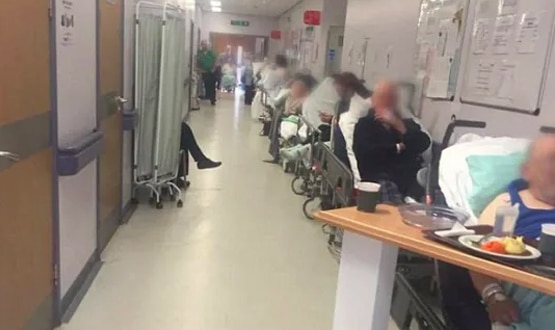Telemedicine Helps Babies, Parents and Staff in Neonatal ICUs
- 25 July 2002
A telemedicine solution to the problem of maintaining high quality communication with the parents of babies undergoing neonatal intensive care (NIC) is to start a major pilot in the US.
The solution, which links families to NIC units via a secure web site, claims to improve communication, increase family participation, enhance parent education and produce more effective discharge planning.
Colorado announced this week that it would become the first state to pilot Baby CareLink developed by Clinician Support Technology (CST).
The main benefit of Baby CareLink appears to be a reduction of hospital readmission rates for the babies who are born premature and/or with complex medical needs. CST chief executive, Charles Safran, told E-Health Insider, that in the US 40% of the babies are readmitted to hospital within 12 months of discharge.
The vast majority of the readmissions take place in the first two months after discharge and half are seen, in retrospect, as being unnecessary. On trials in inner city Chicago, the readmission rate dropped from 40% to 17% for families using Baby CareLink, he said. Babies are also able to get home faster and parents are supported after discharge.
”We’re not changing the medicine here. We’re supporting the communication, collaboration and support of care,” he explained.
Baby CareLink works by providing Internet tools that enable parents to receive information at home about their baby’s progress. “Providing parents with timely information empowers them to play a more active part in their child’s care, establishes a common understanding of the milestones to be achieved, and reinforces clinicians’ teaching and planning for the infant’s family,” says CST.
The system can be accessed via a computer by parents at home, enabling them to stay in touch with the NIC unit when the demands of work or other children mean they cannot be at the hospital. Baby CareLink can be accessed at any time, so parents can look up information in the middle of a sleepless night or double check their understanding of a conversation with a health professional.
”Parents typically are young, in their 20s and 30s. For many, it’s their first exposure to the healthcare system. And they were expecting a normal healthy baby, “ said Dr Safran.
Communication is also aided by a translation facility which ensures that Spanish-speaking parents can receive information even if no Spanish-speaking professional is available on a particular shift.
Baby CareLink has sparked interest in the cost-driven US healthcare system because it can reduce overall costs. Dr Safran said the system would be particularly well-suited to a less-fragmented healthcare system, such as the NHS, where there is an incentive to improve care for patients over the whole trajectory of their treatment.
He also pointed out the system’s potential to increase capacity in neonatal intensive care by effectively extending the facilities for caring for premature babies and those with complex medical needs.




